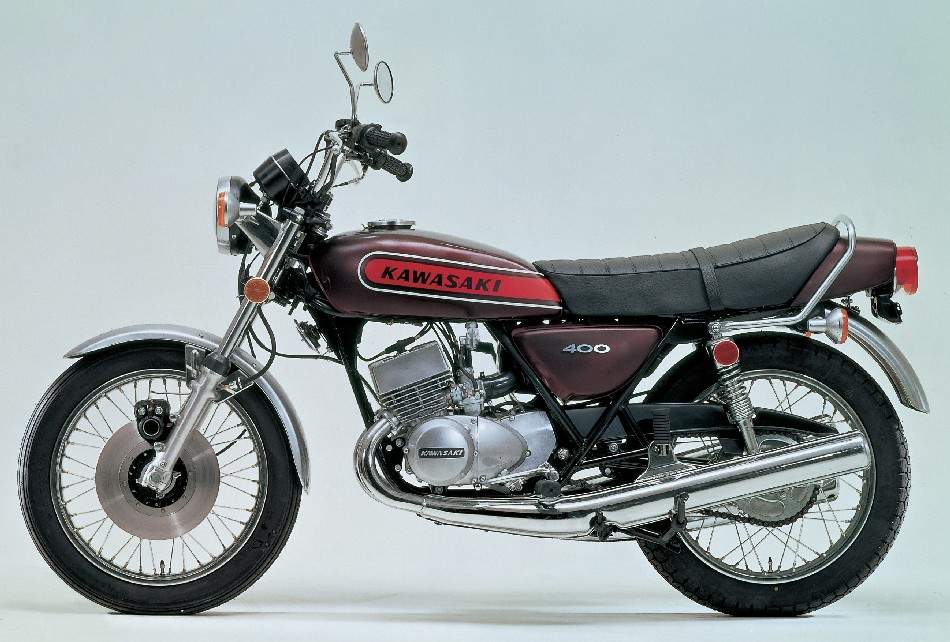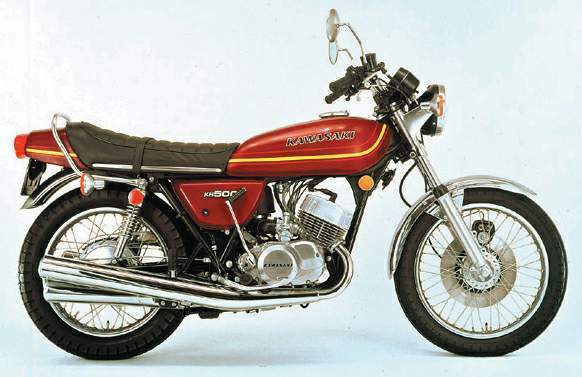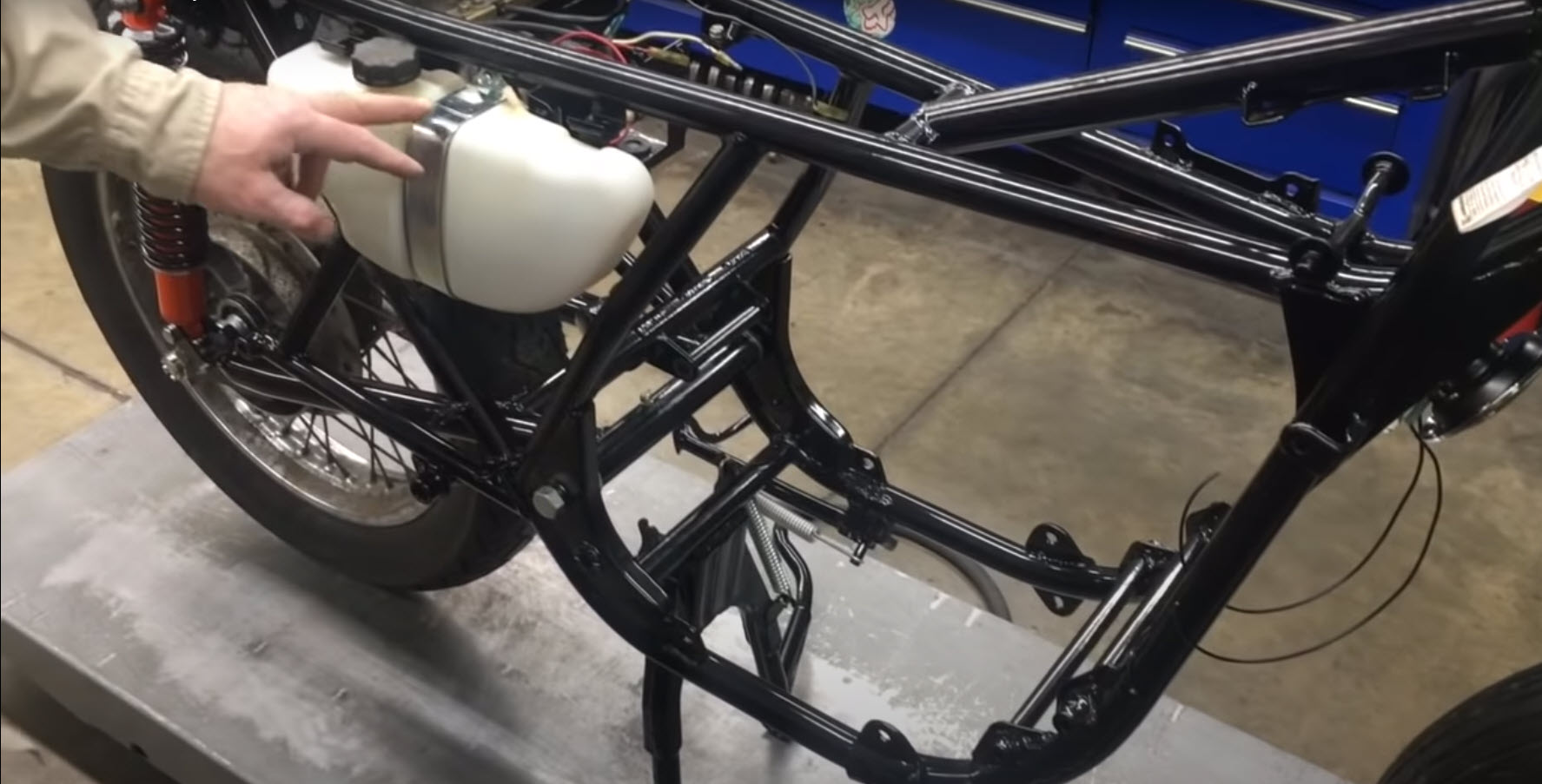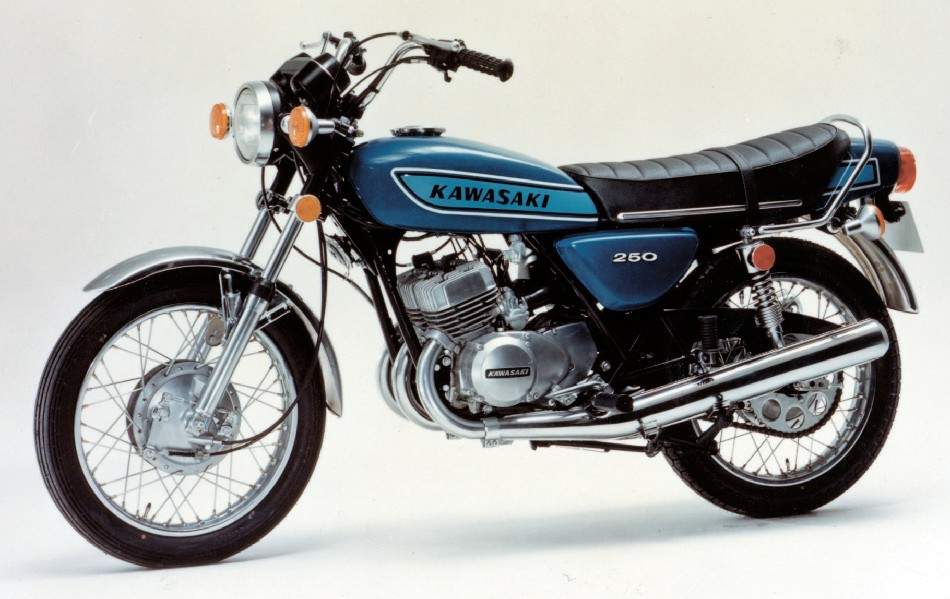Kawasaki motorcycles (as a brand) are the ones produced by Kawasaki Heavy Industries’ motorcycle and engine division, the Kawasaki Triples (specifically) were models produced by the industry from 1968 to 1980. The production became memorable for it was they were the first street motorcycles with capacitor discharge ignition (CDI.)
The first sample made was the Mach III H1 500 in 1968, when the motorcycles’ market grew bolder and unconventional. Faster quarter-mile times became the priority for the manufacturers of the time while fuel economy and noise passed to a second plane.
The project for the street motorcycle begun in June of 1967 only that it was then named the N100 Plan. The assignment’s main goal was to create the most potent production motorcycle mechanism in the world, the first attempt for it was amplifying the bore of a pre-existing engine but they came up an all-new engine in its place, experimenting with both aligned and L cylinder arrays, with both two and three cylinders. The final product was an inline-three layout after the testing exhibited that a lined up arrangement did not harmfully influence the refrigeration of the middle cylinder.
The result was the Mach III H1, first launched to the public in September 1968, 14 months following the project’s opening.
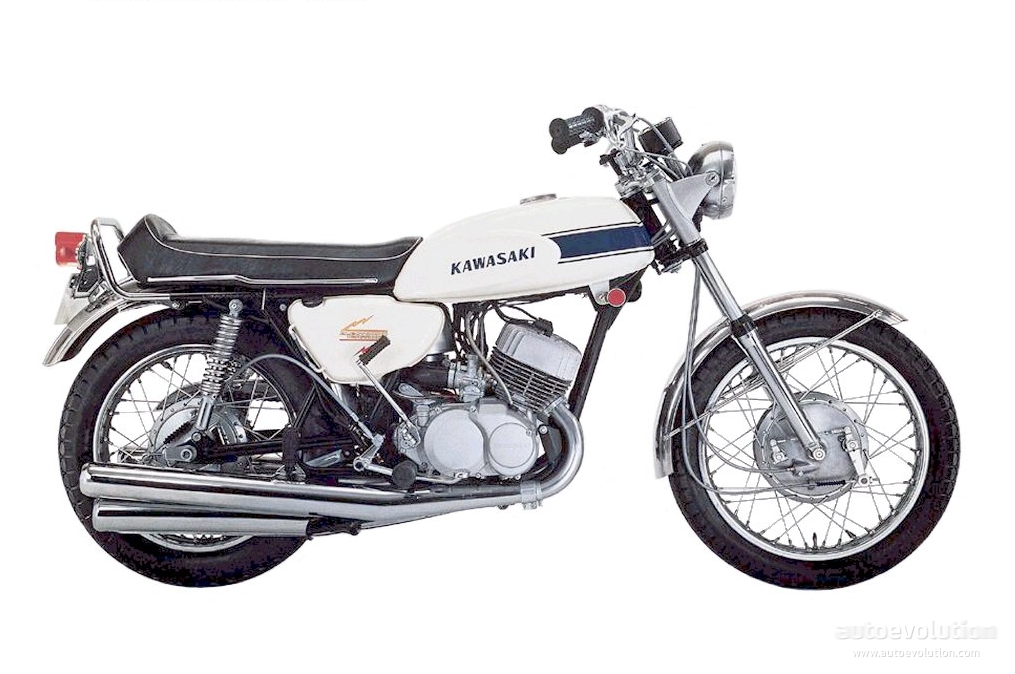
What are several common models?
Like it was said above, the Mach III H1 was the first and one of the most popular motorcycles sold back in its day for young men related it to a rebel look and an adrenaline rush, yet many more models sold well past the late ’60s, like the S2 Mach II 350 and its smaller prototype, the S1 Mach I 250. Another of the industry’s most popular products was the H2 Mach IV 750 that the company promoted with the following phrase “It’s so quick it demands the razor-sharp reactions of an experienced rider.” The bike was faster than what most street riders could think of for the time, speedier than any motorbike in history till then.
Finally, there is the S3 400.
The production of both the S and H series was cut after 1975 and the H2 fell from the line, so the models were given the new name “KH” to equal the “KZ” line of four-strokes. By 1980, the only remaining models were the KH-250 and KH-400.
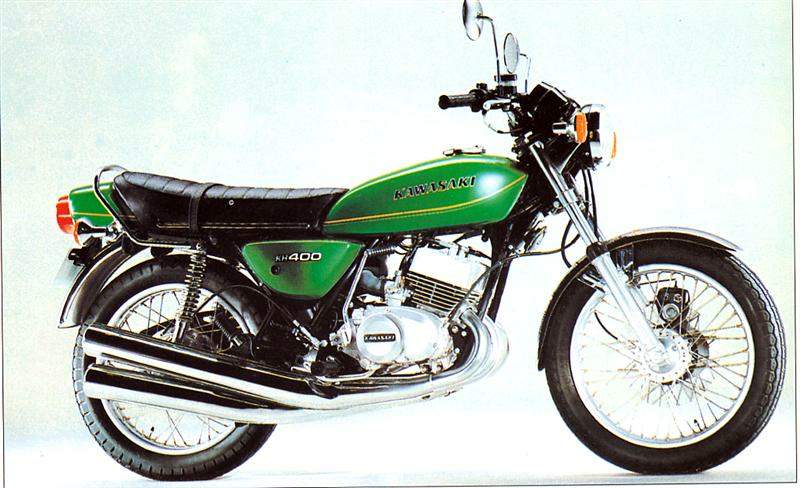
Why is it called triple?
For its aligned arrangement of three cylinders, the idea came after proving the placement didn’t damage the middle cylinder’s cooling. The devices were air-cooled, three-cylinder, piston-controlled inlet port two-strokes with two drain cylinders growing on the right side, and one on the left of each bike.
When were they made?
The start of the original project for creating the ultimate motorcycle engine (the N100 Plan) unleashed in 1967 but didn’t come to an end until late 1968 when the first triple motorcycle was launched.
The newest models were introduced to the market in 1971, 1972 and 1974 respectively, but the production of both available series (H and S) was ended by 1975. Nevertheless, the models continued to sell until 1980.
How safe were they?
The commercial success of the Kawasaki Triple Motorcycles didn’t translate itself into a good reputation amongst the authorities and, truthfully, some experienced drivers expressed their reservations about riding them.
The innovativeness of the bikes revolved around their impudence in the form of speed and harshness, the bikes were faster than anything seen for the age, and the series’ header was that they explicitly weren’t for inexperienced riders. The risk lay on the two-stroke engine, which abruptly increased the power curve with little response up until a blast of power about 5,000 rpm subsequently causing the startling liftoff of the front wheel.
Many critics also pointed out the poor handling and poor braking of the machines – yet the latter was rather common for the time period – and the awful noise. Pollution regulations also contributed to the motorcycles bad reputation and later withdrawal.
All of these reviews led Kawasaki Heavy Industries to deliver their postponed inline-four four-stroke, in 1972. The Z1, which had satisfactory brakes and handling, comfy seating, and did not burn up fuel.
The selling achievement of the product confirmed that there were more customers for costlier but less unpleasant sport bikes than customers who would take numerous concessions for an exceptionally reckless motorcycle at a low price.
Where is the best place to view images of the bikes?
Kawasaki Triple Motorcycles are considered relics nowadays and they are looked-for pieces amongst collectors and fans alike. Many motorcycling sites feature them but, in my personal experience, the highest-quality content is found in:

